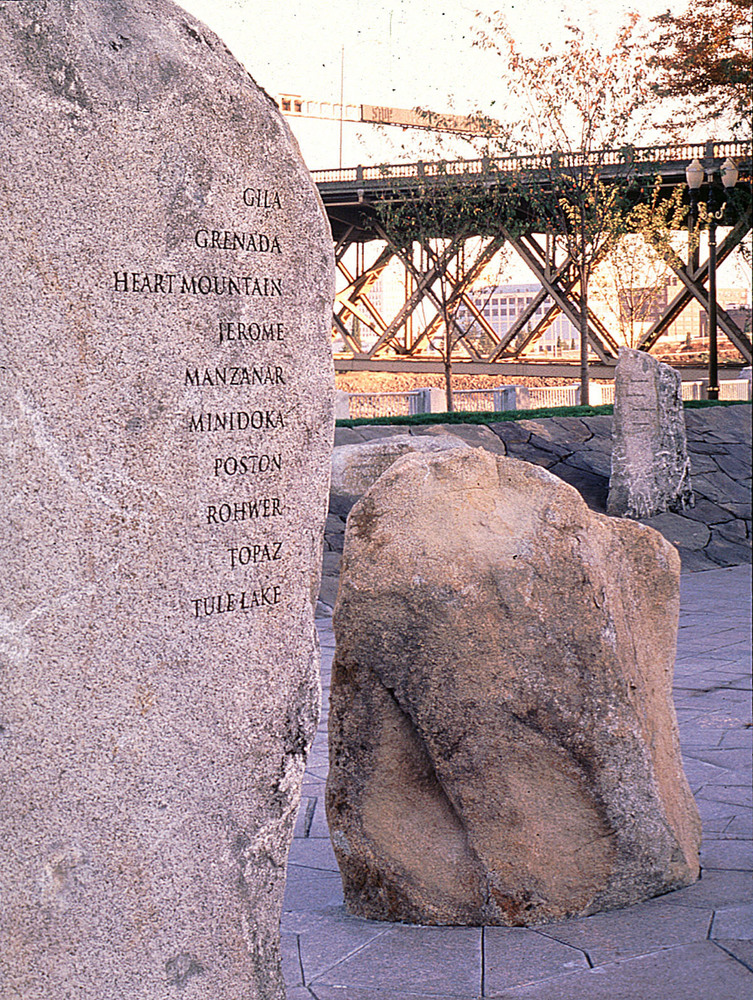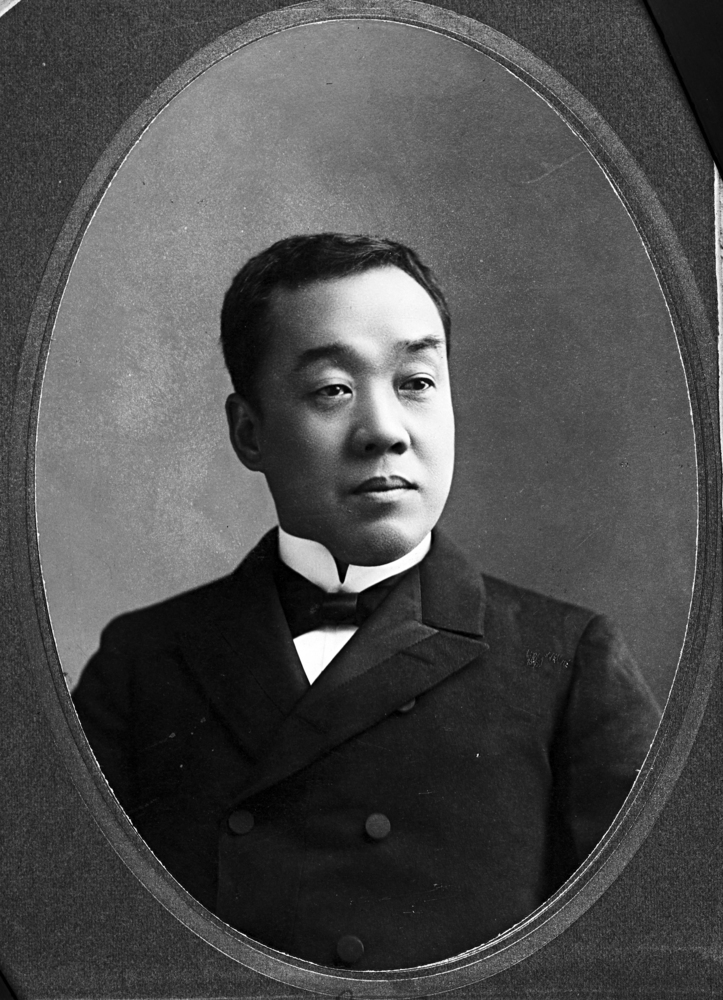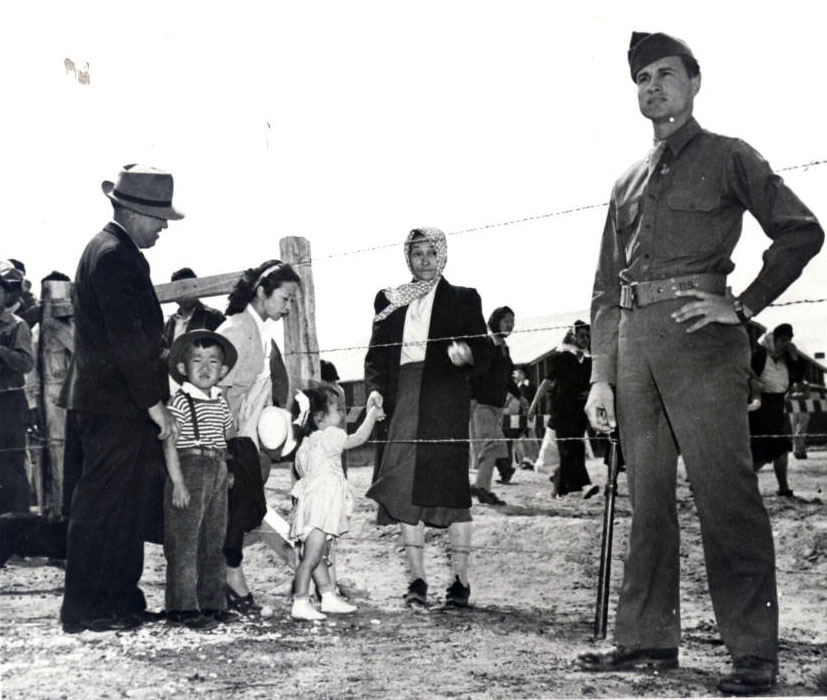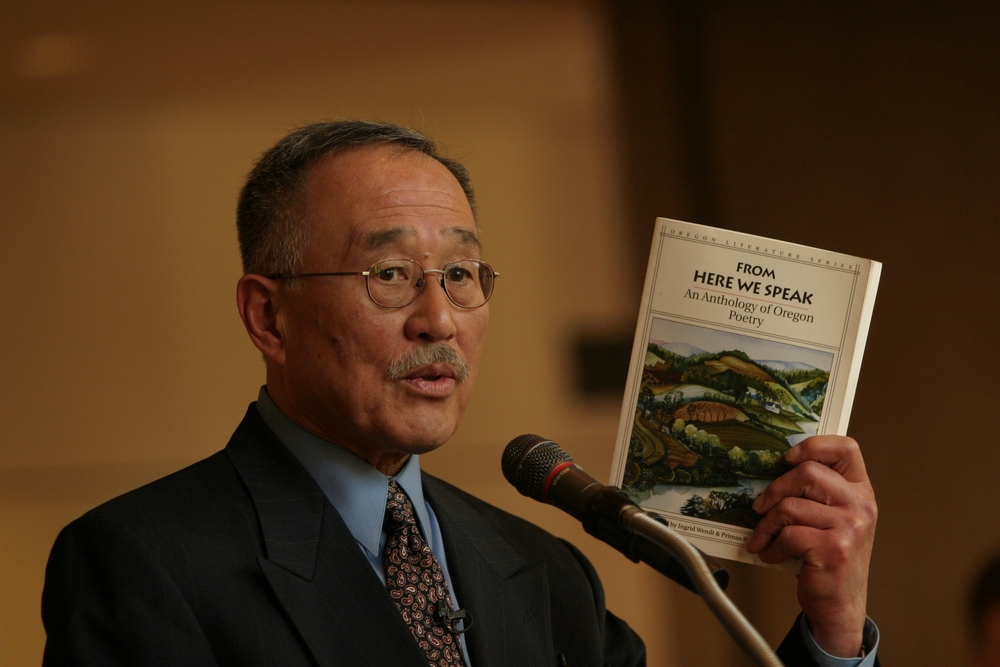A humble wife, mother, and public servant in Hood River, Shizue Iwatsuki was also an internationally recognized poet. Born in Okayama, Japan, in 1896, Shizue graduated from high school at a time when Japanese law required only six years and yearned to become a nurse. In 1916, she immigrated to the United States with her husband, Kamegoro Iwatsuki, who was returning to his apple farm in Hood River. Eager for a promising life in America, Shizue was unprepared for life in the small town on the Columbia River, where the couple lived in a cramped hut with a wood stove, kerosene lamp, outside toilet, and no running water. The manual labor was taxing, and she experienced the loneliness that came from being apart from her family.
After the failure of Kamegoro’s first two orchards, the Iwatsukis struggled to earn a living by growing strawberries and apples. When her husband became ill with pneumonia, Shizue managed the farm while also raising the couple’s three children. Studying with them, she became one of the few local Issei—the first generation of people who emigrated from Japan to the U.S.—to learn English.
Recognizing the rising wave of anti-Japanese sentiment in the Hood River Valley, Shizue Iwatsuki helped organize the local Japanese Women’s Society, intent on helping other Issei women learn American customs. She was the first Issei woman in Hood River to get a driver’s license, and she ran errands and made deliveries to help others. In 1926, the Iwatsukis became founding members of Hood River’s Japanese Methodist Church.
When West Coast Japanese Americans were forced to leave their homes for concentration camps during World War II, the couple was incarcerated at the Pinedale Assembly Center near Fresno, California; the Tule Lake Segregation Center in north-central California; and the Minidoka War Relocation Center in southern Idaho. While imprisoned, Shizue took a home-nursing course and dedicated herself to volunteer work as a nurse and a teacher of needlework and calligraphy. She was also a member of the school board, church, and women’s society.
When the Iwatsukis returned to Hood River in 1945, Iwatsuki continued her volunteerism, and she ran the family’s twenty-acre orchard after Kamegoro was paralyzed from a fall. She organized the Japanese Christian Women’s Society in 1948 and served as president of the Northwest Women’s Society. After Issei were allowed to become naturalized citizens in 1952, the Iwatsukis took classes and joined thirty other local Issei to become American citizens in 1954. Earning a master’s certificate in flower arrangement in 1965 from Kyoto’s Saga School, she founded the Hood River Saga School, where she taught classes and demonstrated Japanese flower arrangement and tea ceremony.
A self-taught poet, Iwatsuki wrote tanka, poetry whose form is five lines of thirty-one syllables. Emperor Hirohito recognized her as an award-winning poet in 1974, and the Japanese government honored her with the Sixth Class Order of the Precious Crown for her cultural achievements and community service. She was the first woman and the first Japanese American to be so honored. Also that year, Hood River County named her Woman of the Year.
Shizue Iwatsuki died on July 7, 1984. Her poetry appears on granite boulders at the Japanese American Historical Plaza in Portland and on a marble column along the Columbia River at the History Museum of Hood River. In 2018, the Hood River History Museum added a mural of Iwatsuki to its permanent collection through an arts education grant featuring "Women of Historical Significance," through the Hood River Cultural Trust and Arts Education of the Gorge. During the fall of 2024, Portland Opera To Go premiered “Shizue: An American Story,” a youth opera about Shizue Iwatsuki’s life, performed at schools across Oregon. In April 2025, Iwatsuki's poem Glancing Up was one of fourteen poems featured in Hood River's Indian Creek Poetry Walk, a collaboration of the Hood River County Library District and the Hood River Valley Parks and Recreation District.
-
![Japanese American Historical Plaza.]()
Japanese Am. Hist. Plaza 1.
Japanese American Historical Plaza. © Murase Associates, courtesy Oregon Nikkei Legacy Ctr.
-
![Japanese American Historical Plaza.]()
Japanese Am. Hist. Plaza, Steel Bridge behind.
Japanese American Historical Plaza. © Murase Associates, courtesy Oregon Nikkei Legacy Ctr.
-
![Japanese American Historical Plaza.]()
Japanese Am. Hist. Plaza 2.
Japanese American Historical Plaza. © Murase Associates, courtesy Oregon Nikkei Legacy Ctr.
Related Entries
-
![Hood River (city)]()
Hood River (city)
Situated in the Columbia River Gorge about sixty miles east of Portland…
-
![Japanese American Historical Plaza (Portland)]()
Japanese American Historical Plaza (Portland)
Using thirteen engraved stones of basalt and granite, the Japanese Amer…
-
![Japanese Americans in Oregon]()
Japanese Americans in Oregon
Immigrants from the West Resting in the shade of the Gresham Pioneer C…
-
![Japanese American Wartime Incarceration in Oregon]()
Japanese American Wartime Incarceration in Oregon
Masuo Yasui, together with many members of Hood River’s Japanese commun…
-
Lawson Fusao Inada (1938-)
Poet, writer, and educator, Lawson Fusao Inada is an emeritus professor…
Map This on the Oregon History WayFinder
The Oregon History Wayfinder is an interactive map that identifies significant places, people, and events in Oregon history.
Further Reading
Tamura, Linda. “The Making of An American: A Woman Ahead of her Time." Oregon Historical Quarterly 103, no. 4 (Winter 2002): 510-29.
Tsutakawa, Mayumi, and Alan Chong Lau, eds. Turning Shadows Into Light: Art and Culture of the Northwest’s Early Asian/Pacific Community. Seattle: Young Pine Press, 1982.







